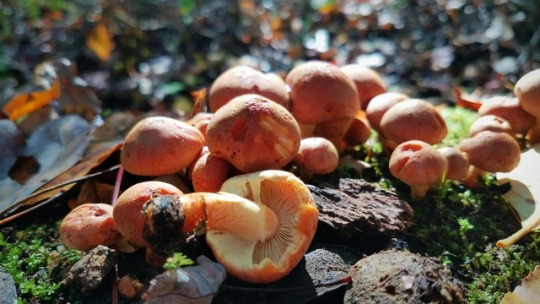#hypholoma lateritium
Text
FOTD #133 : cinnamon cap! (hypholoma lateritium)
the cinnamon cap (also brick cap, chestnut mushroom, brick top, red woodlover or kuritake) is a mushroom-producing fungus in the family strophariaceae. it has been discovered in europe, the US & japan, but may even be more widespread :-)
the big question : can i bite it??
well, that depends !! in the US & japan, it is considered edible & choice. however, in europe is considered inedible - some even claiming it to be poisonous.


h. lateritium description :
"the cap is 3.5–10 cm in diameter, usually with a brick-red colouration in the centre and a paler margin. it is smooth, sometimes with red-brown flecks in the middle & sometimes with flaky veil remnants, which can easily be washed off in the rain, on the outside.
the gills are crowded, starting yellowish and becoming greyish with age.
the stipe is light yellow and darker below."
[images & fungus description : source]
#• fungus of the day !! •#[hypholoma lateritium]#: brick cap :#: cinnamon cap :#: brick top :#: chestnut mushroom :#: red woodlover :#: kuritake :#133#||#mushroom#earth#mushrooms#nature#cottagecore#fungus#fungi#foraging#forestcore#mycology#fotd#image undescribed#undescribed#fungus of the day#hypholoma lateritium
141 notes
·
View notes
Text
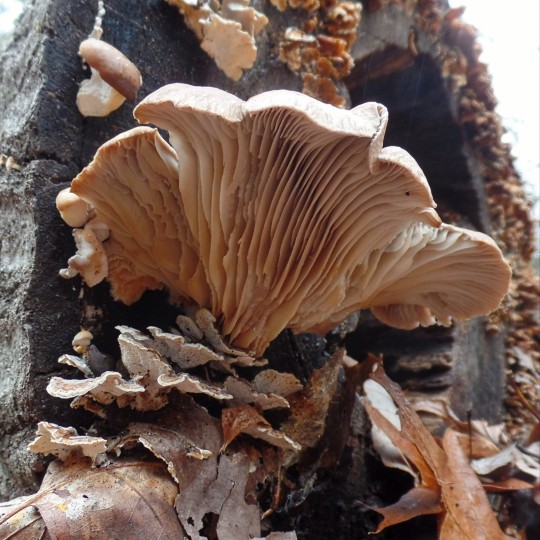



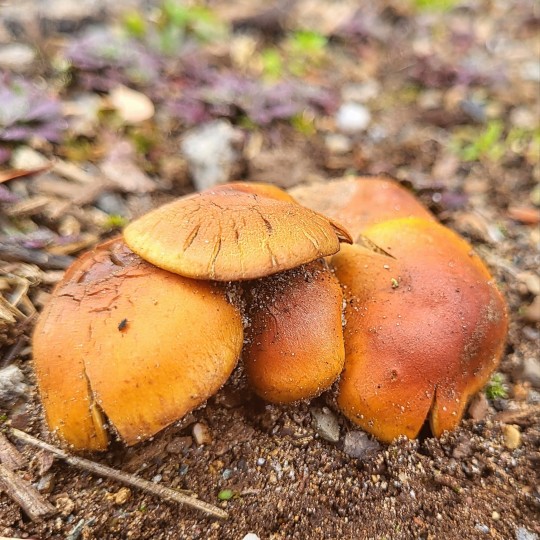



Hypholoma lateritium, oak maze gill, Flammulina velutipes, oyster
I haven't seen proper oyster all year. They cut down the two local oyster trees which were my main source, but I hadn't seen it elsewhere either. I have this theory that this is the work of Whole Foods, eliminating free oyster access so they can grotesquely overcharge for their packaged versions. This theory is based on literally nothing, I just think it would be funny. Like smh, Big Whole Foods at it again
#mycology#fungi#mushrooms#nature photography#dirtcore#goblincore#forestcore#foraging#forest floor#nature#the fungus among us
121 notes
·
View notes
Text

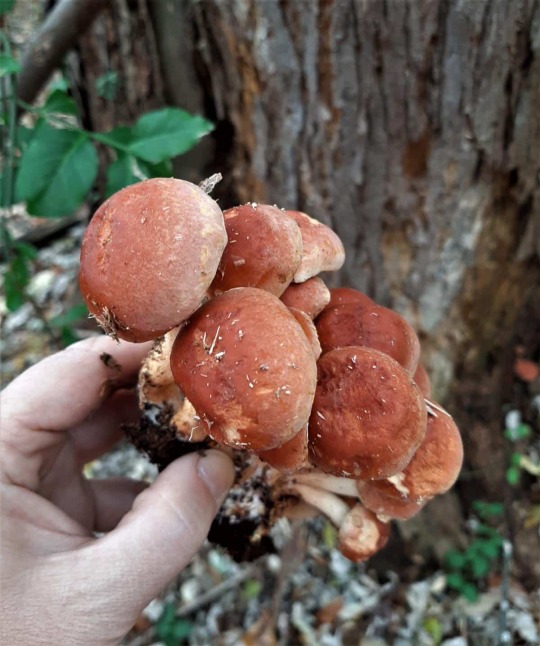
3 notes
·
View notes
Photo



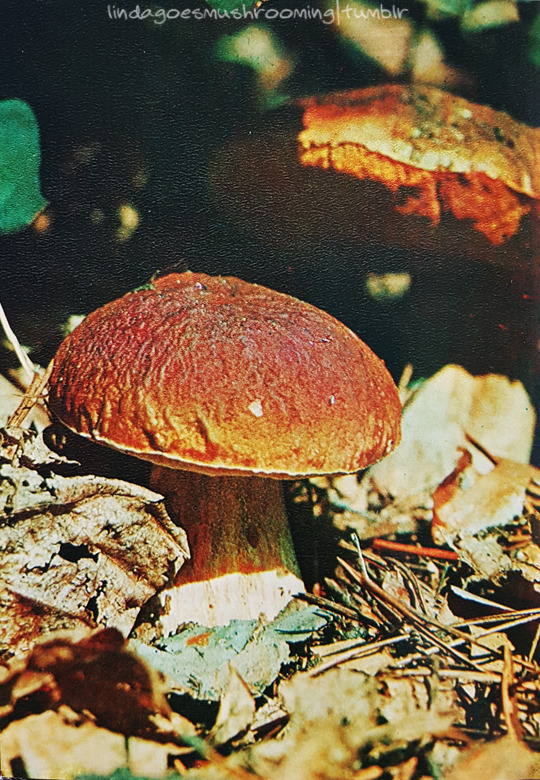

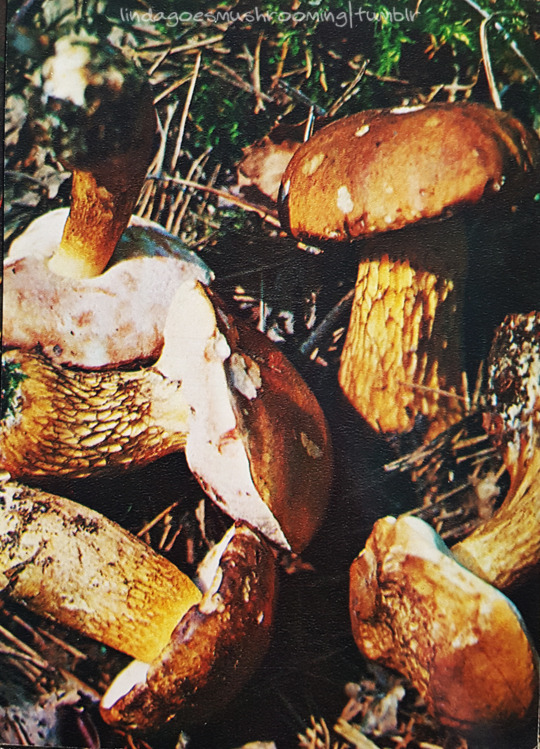



Old photos (1980) taken by Soviet photographer Вадим Гиппенрейтер (Vadim Gippenreiter).
Lactarius controversus (the Blushing Milkcap);
Amanita phalloides (the Death Cap);
Russula delica (Milk-white Brittlegill);
Boletus edulis (Penny Bun/ Cep);
Tylopilus felleus (the Bitter Bolete);
Hypholoma lateritium (the Brick Cap);
Russula foetens (the Stinking Russula);
Paxillus involutus (Common Roll-rim/ Poison Pax)
#mushrooms#fungi#nature#lactarius controversus#the Blushing Milkcap#death cap#amanita phalloides#Russula delica#milk-white brittlegill#boletus edulis#penny bun#cep#tylopilus felleus#bitter bolete#Hypholoma lateritium#brick cap#Russula foetens#the stinking russula#Paxillus involutus#the brown roll-rim#common roll-rim#poison pax#mycology
177 notes
·
View notes
Photo

Winter mushrooming?
Okay, so winter is hitting me hard right about now as a mushroomer.
It’s almost February, and we’ve been getting hit with daily snow and temps well below freezing.
I have not been out much to find mushrooms.
That doesn’t mean there isn’t fungal activity, even now. During warmer thaws, there are still some chances to take in a variety of perennial polypores, crusts, lichen, and even occasional flushes of fleshy, gilled mushrooms.

Velvet foot, for example. Flammulina velutipes.
Their dark brown fuzzy stipes, creamy gills, white spore print, and flame like caps are distinctive, but beginners may still confuse them for deadly poisonous Galerina. So be very careful with these if you plan on cooking with them.
Mushrooms are great and all. But nobody needs to risk their lives over a pretty decent omelet. If you aren’t absolutely sure what you’ve got, do not eat it.

Brick caps, Hypholoma lateritium, are another delicious winter edible, but there are toxic Hypholoma cousins, so this is another one to be careful with.
But brick caps are out of season by now, as they come up only in early winter.
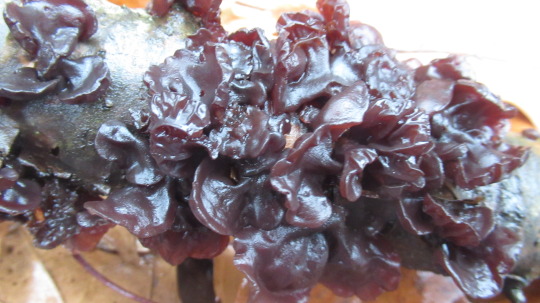
Amber jelly roll can be found throughout the winter though. Jelly fungi aren’t exactly the tastiest, but I’ve recently started drying, grinding and rehydrating them with blended fruit to make jam.
Over the next couple months, my fungi finds might not be as diverse as through warmer months, but I have no intention of staying indoors until Morel season.
Well, maybe for a bit longer. I’ve got enough amber jelly to last until the next thaw.
#fungi#mushrooms#foraging#hiking#winter#winter foraging#nature#nature photography#fungi photography#mushroom photography#fantastic fungi#forest#forestcore#life#biology#mycology
185 notes
·
View notes
Photo
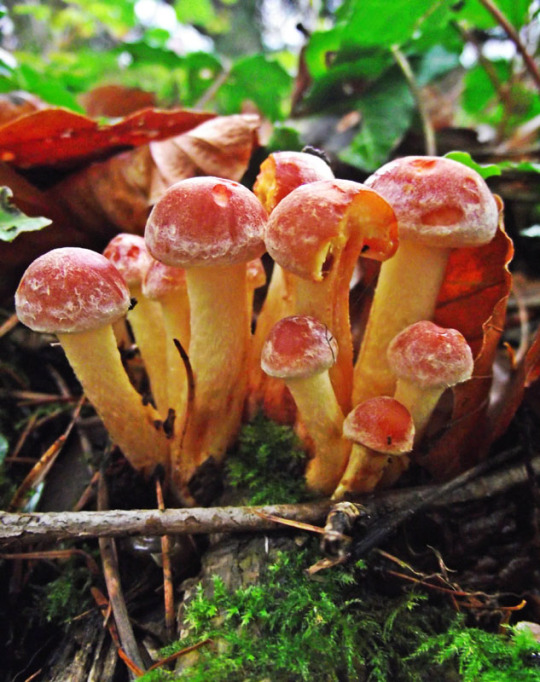

Brick Tuft Hypholoma lateritium
#fungi#fungus#mushroom#mushrooms#mycology#dirtcore#cottagecore#nature#nature photography#forestcore#forest#woods#autumn#witch#pagan
145 notes
·
View notes
Text
I've been to the woods! I found so many fungi :)
Stereum ostrea (false turkey tail)

Phallaceae egg (stinkhorn)

Daldinia concentrica (coal fungi)

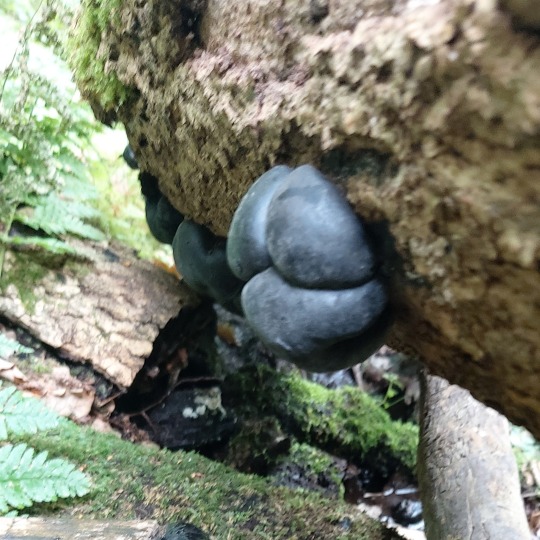
Calvatia nipponica (and a rotting one I found)
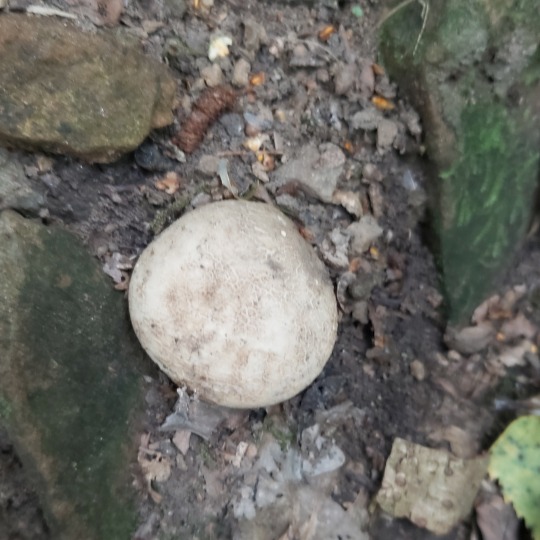

Hypholoma lateritium (I'm not 100% on this)
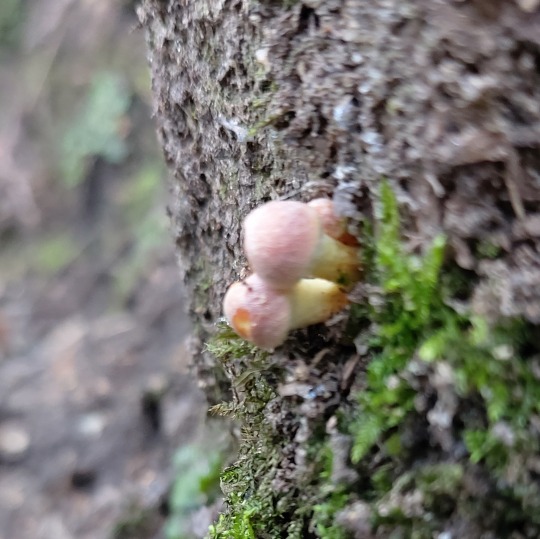
13 notes
·
View notes
Photo

🔖Tag me in your Spore Print Art!!🙏 From a Hypholoma species🍄 (@breakfast_of_champignons believes it's H. lateritium but more observations are needed). 🍄Follow @dopefungiart if you like the content! ☝️ @ Tag your friends who needs to see this 🍄❤ 🔥 ✔Make sure to turn on the post notifications! 👀 📸 thanks to 👉 @breakfast_of_champignons 👈 For more Dope Content follow⤴ ✔️Tag @dopefungiart in your picture to get featured. Use #dopefungi so we can see your pics. ⤵️ Remember to spread the spores of Dope fungi and share @dopefungiart with your fungifriends! 😎 #mushrooms #dope #fungi #spore #print #texture #mushroom #fungi #fungus #nature #forage #foraging #mushroomsociety #ecology #mycology #mycophile #shroomstagram #shrooms #mushroomhunting #macro #dopefungi #forest #wilderness #mushrotica #allthemushroomhashtags (at Planet Earth) https://www.instagram.com/p/Bpr0Dptn9xp/?utm_source=ig_tumblr_share&igshid=1af2b7w310zt2
#dopefungi#mushrooms#dope#fungi#spore#print#texture#mushroom#fungus#nature#forage#foraging#mushroomsociety#ecology#mycology#mycophile#shroomstagram#shrooms#mushroomhunting#macro#forest#wilderness#mushrotica#allthemushroomhashtags
1 note
·
View note
Text




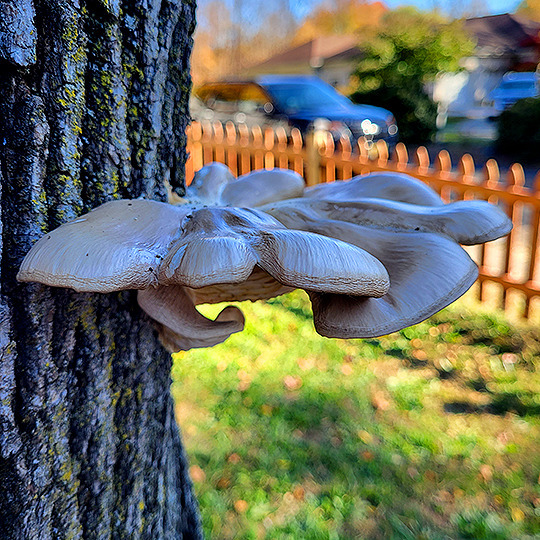

Hypholoma lateritium + oyster
#mycology#fungi#mushrooms#nature photography#dirtcore#goblincore#forestcore#woods#forest floor#foraging#nature#the fungus among us
251 notes
·
View notes
Photo

Some less old Brick Caps, Hypholoma lateritium #mushroomidentification #nature #naturephotography #mushroom #mycology https://www.instagram.com/meelzmalady/p/CYNOSOqLuy4/?utm_medium=tumblr
0 notes
Text

Vederne uno, per vederli tutti! (25/09/2020; altitudine: 1400m)
Nome scientifico: Armillaria Ostoyae
Nome volgare: chiodino
Descrizione: nasce in autunno inoltrato, al primo accenno di clima fresco dopo metà settembre. Armillaria ostoyae vive sui tronchi di conifere, come parassita o saprotrofo lignicolo, in particolare sull'abete, perciò, almeno in Italia, si trova principalmente in alta montagna, dove scompare all'arrivo delle gelate.
Commestibilità: molto buona. Spesso eccessivamente snobbato rispetto all'Armillaria mellea che cresce su latifoglie tra pianura e ambiente pedemontano.
Precauzioni: la confusione più probabile è con Pholiota squarrosa, un fungo tossico. Altre confusioni, sebbene più improbabili, potrebbero essere con un Cortinarius orellanus (velenoso mortale tra i più pericolosi) cresciuto vicino a un tronco (magari raccolto e consumato assieme ai veri chiodini). I piccoli esemplari potrebbero essere scambiati per un gruppetto di Galerina marginata (altro velenoso mortale), che ama crescere cespitoso sul legno delle conifere. Altre confusioni con Hypholoma lateritium e Hypholoma fasciculare (tossici). Tuttavia, queste confusioni sono impossibili avendo maturato una buona abilità di osservazione critica.
1 note
·
View note
Photo

Brick tuft / Rode zwavelkop / Hypholoma lateritium
73 notes
·
View notes
Photo

🍄mushie time again 🍂🍁 💜 Brick Top (Hypholoma lateritium). Common fall mushroom. #bricktop #fungusamongus #foraging #forestfloor #autumnvibes🍁 #mushrooms #mycophilia #ilovefungi #mushies #fungiphotography #fungi (at French Creek State Park) https://www.instagram.com/p/B4xU3W9A8E-/?igshid=17vzqtu7vgwfj
#bricktop#fungusamongus#foraging#forestfloor#autumnvibes🍁#mushrooms#mycophilia#ilovefungi#mushies#fungiphotography#fungi
0 notes
Photo

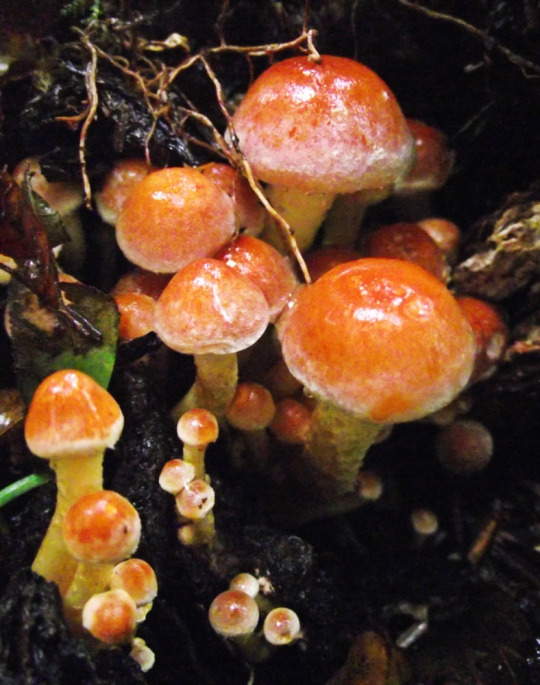
Brick Tuft (Hypholoma lateritium)
#fungi#fungus#mushroom#mushrooms#mycology#dirtcore#cottagecore#nature#nature photography#forestcore#forest#woods#autumn#witch#pagan
64 notes
·
View notes

